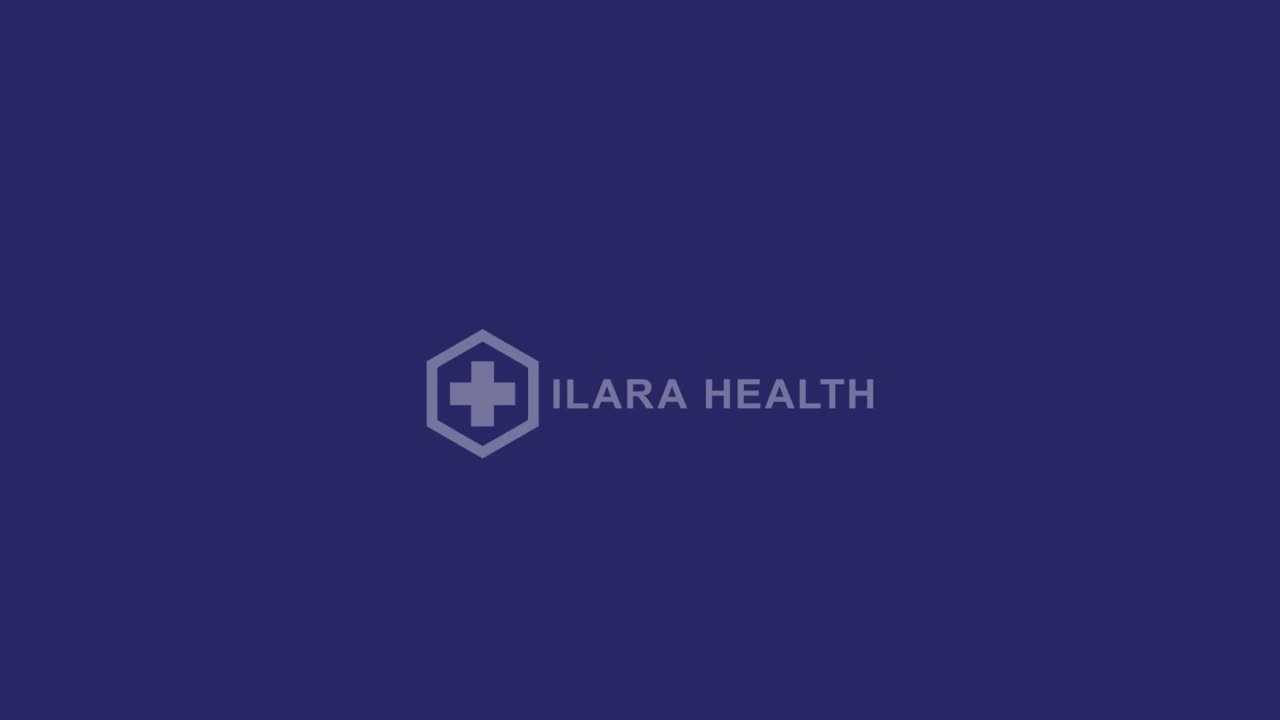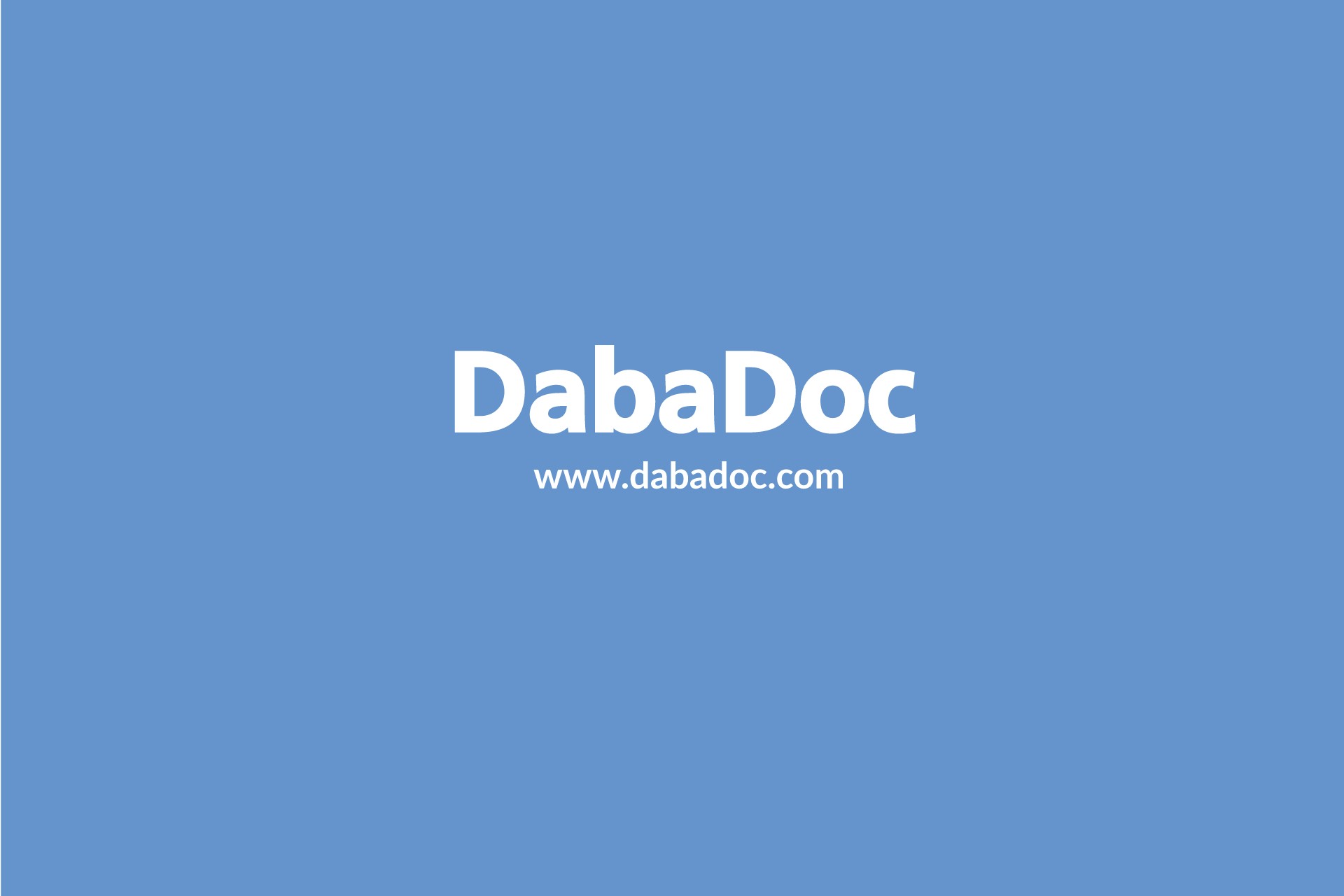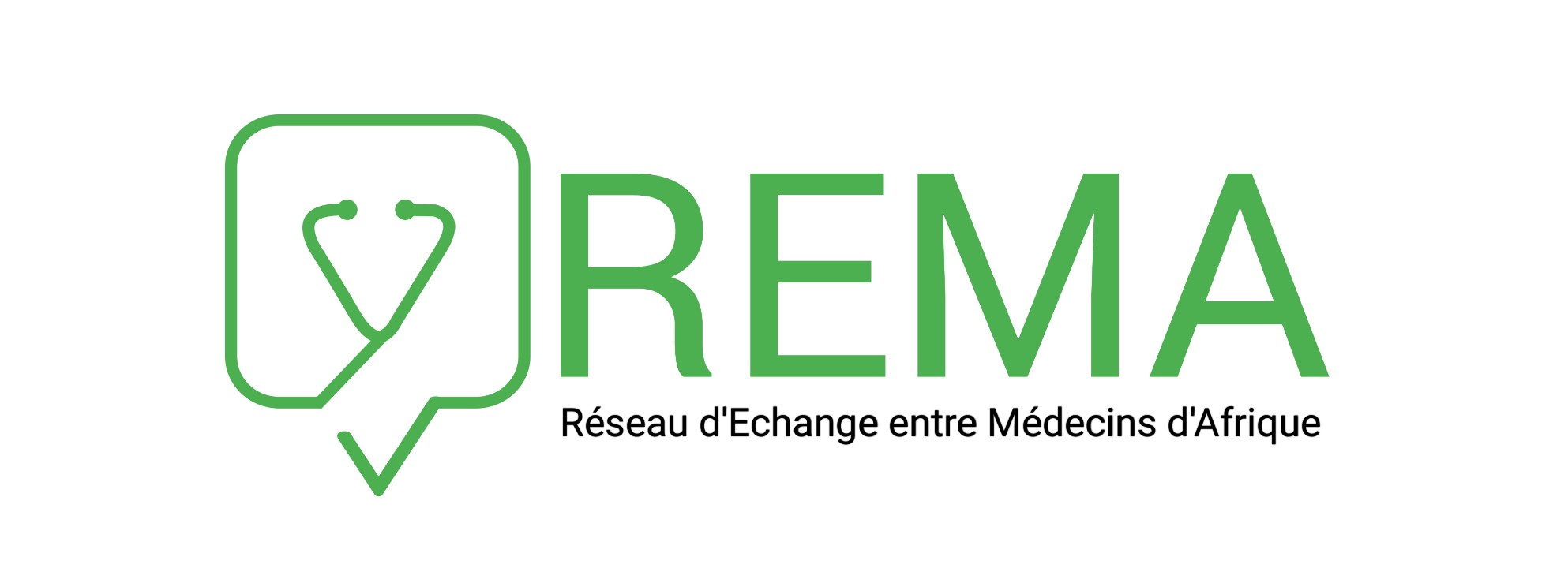Top 10 Most Promising Health-tech Startups in Africa in 2022.

The World Health Organization (WHO) is a branch of the United Nations that is in charge of public health worldwide. The WHO Constitution says that its primary goal is for “all people to reach the highest level of fitness possible.” It is based in Geneva, Switzerland, and has 150 field offices and six regional offices worldwide.

On April 7, 1948, the WHO was set up. On July 24 that year, the World Health Assembly (WHA), the agency’s governing body, held its first meeting. The League of Nations’ Health Organization and the Office International d’Hygiène Publique gave their assets, staff, and jobs to the WHO. The WHO also took over the International Classification of Diseases (ICD). Its work started in earnest in 1951 when a lot of money and technical resources were put into it.
The WHO’s mission is to work around the world to improve fitness, keep the world safe, and help the most vulnerable people. It says that a billion more people should have universal health care coverage, take part in monitoring public fitness risks, coordinate responses to health emergencies, and promote fitness and well-being. It gives countries technical help, sets international health standards, and gathers information about global health issues. The World Health Report is a report that looks at people’s health all over the world. The WHO is also a place where people can talk about health issues.
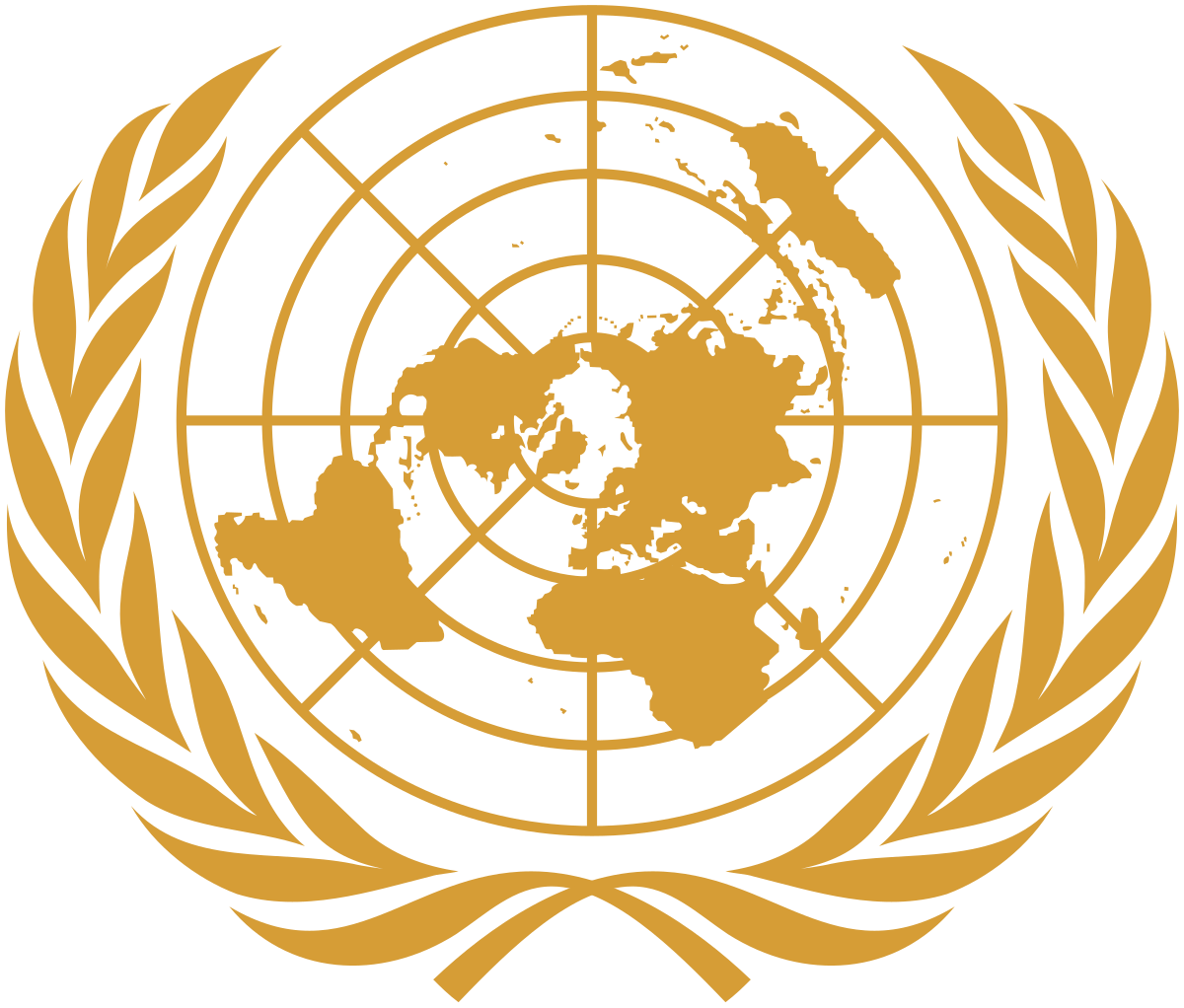
The WHO has been a leader in several public fitness successes, such as getting rid of smallpox, getting close to getting rid of polio, and making an Ebola vaccine. Its current priorities include infectious diseases like HIV/AIDS, Ebola, COVID-19, malaria, and tuberculosis; non-communicable diseases like heart disease and cancer; fitness diet, nutrition, food security; occupational health; and substance abuse. Its World Health Assembly, which makes decisions for the agency, chooses and advises a 34-person executive board of fitness experts. It selects the director-general, decides on goals and priorities, and approves the activities and budget. Tedros Adhanom Ghebreyesus of Ethiopia is the head of the UN.
The WHO gets its money from compulsory and voluntary contributions from member states and private donors. Its approved budget for 2020–2021 is over $7.2 billion, most of which comes from voluntary contributions from member states. A person’s contribution is based on a formula that includes GDP per capita. Germany, which gave 12.18 per cent of the budget, the Bill & Melinda Gates Foundation, which gave 11.65 per cent, and the United States were also among the top donors (7.85 per cent).
Since the end of the 20th century, new players in global health like the World Bank, the Bill and Melinda Gates Foundation, the US President’s Emergency Plan for AIDS Relief (PEPFAR), and dozens of public-private partnerships for global health have made it harder for the WHO to coordinate and set policy in the field.
The first International Sanitary Conference (ISC) was held on June 23, 1851. About 87 years later, in 1938, the last conference was held.
At the first meeting, which took place in Paris, almost all of the talk was about cholera, which would be the most significant disease for the ISC for most of the 19th century. Since the cause and spreadability of many epidemic diseases were still unknown and a matter of scientific debate, it was hard for the world to agree on what steps to take.
It took 41 years, and seven of these international conferences led to a multi-state international agreement. In 1892, a convention was finally made at the seventh meeting, which was held in Venice. It was only about making sure ships going through the Suez Canal were clean, and it was meant to stop the spread of cholera.
Five years later, in 1897, sixteen of the 19 states at the Venice conference signed a treaty about the bubonic plague. Even though Denmark, Sweden-Norway, and the United States did not sign this convention, everyone agreed that the work from the previous conferences should be written down so that it could be used. From the next meeting in 1902 until the last one in 1938, the diseases that the ISC cared about grew.
At those conferences, they talked about dealing with yellow fever, brucellosis, leprosy, tuberculosis, and typhoid. The success of the Conferences led to the creation of the Pan-American Sanitary Bureau in 1902 and the Office International d’Hygiène Publique in 1907. In 1920, when the League of Nations was made, the health Organization of the League of Nations was created. After World War II, the United Nations took over all the other health organizations and merged them into the WHO.
Establishment
During the 1945 United Nations Conference on International Organization, Szeming Sze, a Chinese delegate, talked with Norwegian and Brazilian representatives about starting an international health organization under the new United Nations. After Alger Hiss, the conference’s secretary-general failed to get a resolution passed on the subject, and he suggested that a declaration be used to set up such an organization. Sze and other delegates pushed for an international health conference, which was called for in a passed statement.
Using the word “world” instead of “international” made it clear that the organization’s goals were genuinely global in scope. On July 22, 1946, all 51 countries in the United Nations and ten other countries signed the World Health Organization’s constitution. It was the first specialized agency of the United Nations that everyone signed up for. Its constitution became official on the first World Health Day, April 7, 1948, when the 26th member state ratified it.
The first meeting of the World Health Assembly ended on July 24, 1948, with a budget of US$5 million (GB£1,250,000) set for the 1949 year. G. Brock Chisholm was named director-general of WHO. He had been the organization’s executive secretary and a founding member during the planning stages, and Andrija tamper was the first president of the Assembly.
Its first goals were to stop the spread of malaria, tuberculosis, and sexually transmitted diseases and improve the fitness of mothers and children, their nutrition, and the cleanliness of their surroundings. Its first law was about gathering accurate data on how diseases spread and how many people get sick from them. As a sign of healing, the Rod of Asclepius is on the logo of the World Health Organization.
A healthy economy needs a fitness care system that works well.
Africa still has a long way to go for health tech startups compared to the rest of the world. There are still problems that need to be fixed, such as the low number of doctors per person. With Covid-19 upsetting things, now is an excellent time to highlight some health tech startups coming up with new ways to fix the problems in Africa’s fitness care system.
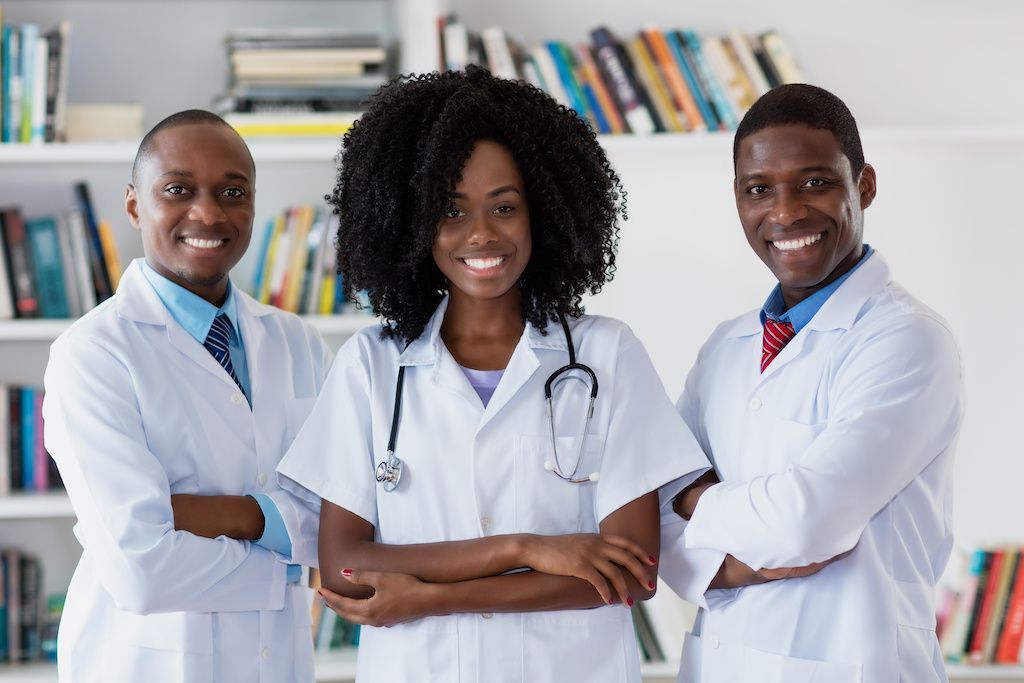
Here are 10 health tech startups changing how people think about Africa’s health care and challenging the status quo. At least $250,000 has been put into each of these startups.
1. Ilara Health
Emilian Popa started Ilara Health in May 2019. It offers affordable diagnostics to the poor, up to 500 million people in Africa.
The startup works with companies that use AI and robotics to lower the cost of diagnostics, and it adds the devices from these companies to its platform. Ilara Health buys diagnostic equipment that uses technology at affordable prices. It then rents the same equipment to healthcare facilities, which pay for it over time.
2. Dabadoc
Zineb Drissi Kaitouni launched Dabadoc in 2013. Dabadoc connects patients with doctors, making it easier for patients to find the proper care and more straightforward for doctors to see patients. In 2018, Axa Assurance Maroc and Orange bought most of the company’s shares. Four years earlier, Seedstars had said that DabaDoc was the best new business in Morocco.
3. Rema Medical Technologies
Sedric Degbo, who started the Réseau d’Échange Entre Médecins d’Afrique (REMA), says that medical mistakes kill more people in Africa than malaria and AIDS put together. And he hopes that the number of medical mistakes will go down thanks to his new business.
REMA began as a social media platform in 2017 to connect doctors across Africa to make better medical decisions. In 2018, Sedric won the Cameroon Seedstars pitch competition. As a result, more than 7,000 doctors in Benin, Niger, Congo, Kinshasa, Guinea, Senegal, Mali, Algeria, and Burkina Faso use the remote medical assistance service REMA offers.
REMA is a professional medical network that lets doctors who only work in Africa publish, talk about, and solve specific patient cases and work together in real-time, no matter how far away they are. Its business model is to get paid by public and private advertisers in the fitness sector to reach its professional audience.

4. mPharma
Gregory Rockson, a Ghanaian businessman, started mPharma in 2013. It lays the groundwork to become the top e-prescription network in emerging markets, starting with Africa.
At the height of the recent global pandemic, British International Investment (formerly CDC Group) and Novastar led a $17 million Series C round for mPharma. In the network of mPharama, there are more than 850 pharmacies and more than 155 hospitals.
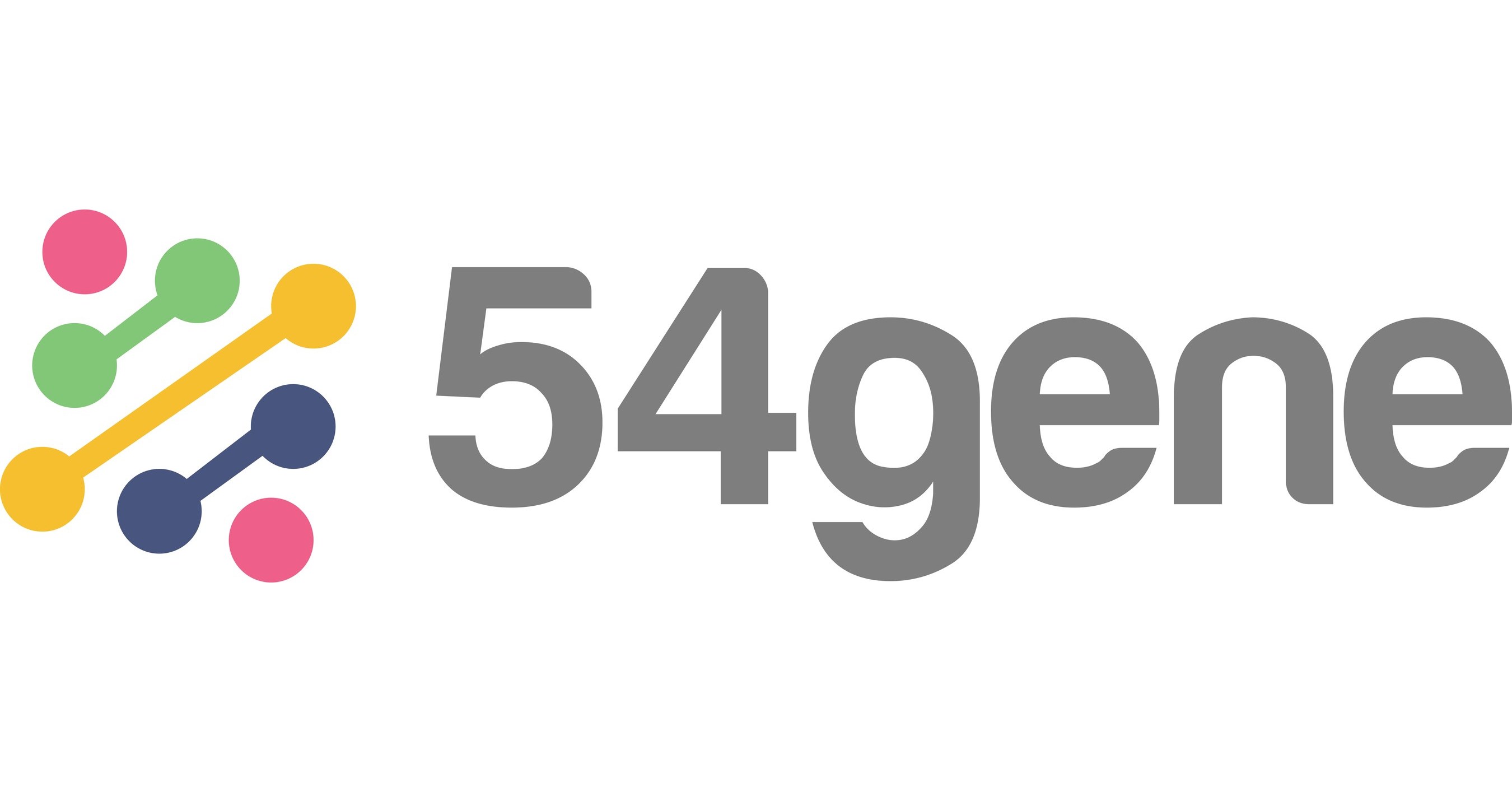
5. 54Gene
In 2019, Dr Abasi Ene-Obong began 54Gene. Most of the genomic data used for research on development in Africa and other parts of the world comes from Europe, North America, and the United Kingdom. However, less than 3% of genomic data used in research comes from populations in Africa. 54Gene is determined to solve this problem by bringing together genomics data from different sources.

6. Health of Helium
Helium Health provides technology solutions, such as electronic medical records, telemedicine, administrative and financial management, etc., to help fitness providers handle every part of their work. Healthcare funders like health maintenance organizations and other donor agencies manage enrollment. Identification claims submission, claims to process and reporting to ensure data is clear and costs are kept low.
7. DrugStoc
Because of unreliable supply chains, more than 100,000 people die every year in Africa from fake or low-quality medicine. DrugStoc is fixing this problem.
The drugstore was started by Chibuzor Opara and Adham Yehia in 2015. However, its history goes back to 2010 when they began Integra Health, a hospital management company based on Yehia’s master’s degree project.
The new company is changing how healthcare providers interact with the pharmaceutical market. DrugStoc uses unmatched technology, innovations in the supply chain, financial solutions, and product knowledge to make it easier for people in emerging economies to get the medicines they need.

8. MDaaS Global
MDaaS (Medical Devices as a Service), which Oluwasoga Oni started in January 2016, makes healthcare products and services that can make it easier for Africans to get and pay for good care.
BaconHealth Diagnostics and SentinelX are two companies that offer MDaaS services. BaconHealth Diagnostic is a modern diagnostic centre that uses technology to help people with low and middle incomes find health problems early, access doctors and treatments, and live healthier lives. SentinelX is a hybrid digital and physical fitness management platform that helps patients get primary care in-person and online.

9. Bypa-ss
Dr Andrew Saad got the idea for Bypa-ss when he had to make a medical decision for an unconscious patient whose medical record was not available. No one from the patient’s family or close circle of friends was there, and the person only had a few hours to live if they didn’t get help.
Bypa-ss is digitizing the exchange of health information between healthcare providers so that their patients get the best care possible. HealthTag is the best way for Bypa to share health information. It’s a place where patients and fitness care providers can share medical records.
10. Dawaswift
Odero Otieno started the health tech company based in Toronto and Nairobi at the end of 2018.
DawaSwift is a platform that connects pharmacies and patients through delivery partners so that patients can get their medicine when they need it. Entrepreneur First is helping the startup, making a new product called Healthipy. Healthipy’s AI-powered infrastructure lets insurance companies, providers, and pharmacies better connect with their customers by giving them personalized health insurance products that follow the law.
Conclusion:
In 1948, the World Health Organization was set up. Its goal is to keep people healthy and safe around the world. It has 150 field offices across the globe and six regional offices—the WHO is run by Tedros Adhanom Ghebreyesus of Ethiopia. On June 23, 1851, the first International Sanitary Conference (ISC) was held.
The diseases that the ISC cared about grew between the next meeting in 1902 and the last one in 1938. The WHO is finding it harder to coordinate and set policy because there are now more players in global fitness. On April 7, when the World Health Organization was created, people celebrate World fitness Day. Its first goal was to stop the spread of diseases like malaria, tuberculosis, and those that are spread through sexual contact. The WHO’s logo is the Rod of Asclepius, which is a symbol of healing.
Each of these new businesses has received at least $250,000. Diagnostics cost fewer thanks to AI and robots used by Ilara Health. Dabadoc puts people in touch with doctors, which makes it easier for people to get the proper care. Through Rema Medical Technologies, doctors in Africa can talk to each other in real-time. With more than 850 pharmacies and more than 155 hospitals, mPharama is the largest e-prescription network in Africa.
Bypa-ss is using computers to make it easier for doctors to share health information. In January 2016, Oluwasoga Oni began MDaaS (Medical Devices as a Service). DrugStoc makes it easier for people in emerging economies to get medicines by using technology.

